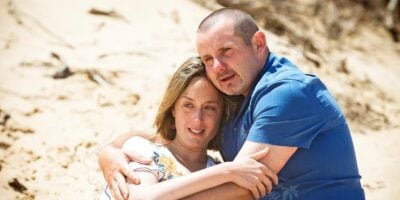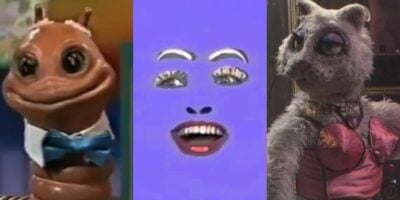Quentin Tarantino’sThe Hateful Eightcarries a couple of clues about itself in name alone.
It’s the eighth film from the one-time cult director, set in a comparable post-Civil War universe to its predecessor, Django Unchained. It’s also one of Tarantino’s most violent films yet. Kurt Russell, a Tarantino veteran from 2007’s Death Proof, acknowledges that in a time when America’s problem with gun violence refuses to abate, Hollywood films must recognise their responsibilities.
“I think that it’s a legitimate question to say, ‘What level of contribution do films, songs, paintings, stories, radio shows – anything you want in terms of entertainment – what level of contribution do they need to be held accountable for?’ And that, I think, was decided a long time ago for that country, for the concept of what America was to be, when they said, ‘There won’t be censorship here. You will be accountable for your own behaviour.’
“If you don’t understand the difference between real life and a movie, you need to. For me, as a libertarian, you need to conduct yourself and comport yourself in a manner, in a society, that is able to separate those two things.”
Russell’s views on the boundary between fiction and reality are well considered, and it’s no surprise. He speaks thoughtfully and openly, a man whose sensibilities remain untainted by 40 years of celebrity. An A-list Hollywood heartthrob in the late ’70s and ’80s, Russell’s latest visit to Australia comes as part of The Hateful Eight promotional tour, with Sydney one of 50 cities around the world where fans have been able to see the film in its original Ultra Panavision 70 format – one not used in motion picture since 1966, yet a quintessentially Tarantino indulgence.
“We are getting the opportunity right now to do something that we won’t have the opportunity to do again – for those of us who worked on it, we wanted to see it in 70mm,” Russell says. “So I’ve seen it now seven times – I’ll see it eight times, I’ve decided obviously to make that little fun connection. But the thing about it is, every time you watch it with a different kind of an audience, it’s a different experience. The East Coast audience in the United States was very different from the West Coast; Australia is different from England; England’s different from Germany, Italy, Brazil, Japan. The audiences respond differently, and it’s really fun to watch how that dynamic plays out.”
Despite a positive reception so far, The Hateful Eight was laced with its fair share of production issues along the way. Tarantino originally announced the film in November 2013, but in early 2014 his script leaked online. A live reading of the script in Los Angeles – featuring Russell and fellow Tarantino alumni Samuel L. Jackson, Michael Madsen and Tim Roth, among others – inspired the cast to persuade the director to revive his plans. Filming on the wintertime Western began in Colorado later that year.
The film itself follows an eventful day in the life of bounty hunter John ‘The Hangman’ Ruth (played by Russell) and his prisoner Daisy Domergue (a revelatory Jennifer Jason Leigh), who encounter a mysterious yet fast-talking Major Marquis Warren (Jackson) on their way to Red Rock, Wyoming. They bunker down from an approaching blizzard in Minnie’s Haberdashery, joining an assortment of other travellers including Oswaldo Mobray (Roth) and Joe Gage (Madsen). As the various characters’ competing motivations gradually begin to materialise in their actions, a typically comic yet suspenseful Tarantino drama plays out.
“[John Ruth] was very bombastic; I never played a character as bombastic as John Ruth,” Russell says. “But the way he looks at his job is a strong representation of how he feels about the cornerstone of American justice, which is that no matter how bad a person you are, you have your day in court; you have your ability to present your case, as it were. For the very, very bad people that these bounty hunters go out and bring in, usually – as Sam’s character does – they shoot them in the back and they collect the bounty, they collect the money. John Ruth doesn’t do that, and he puts himself at risk because of it. That’s what allows this story to take place.
“He’s been up for a week now with this feral cat that he has chained himself to, and there’s sort of a weird Stockholm syndrome that has now taken place between he and Daisy Domergue, and they get trapped in this environment where he suspects everybody in the room to some degree, and he’s trying to figure out who’s who, who may do what, and then things unfold.”
The central plot points in The Hateful Eight revolve around the characters’ competing views on justice – and with many of the eponymous eight having had some exposure to violence in the past, the claustrophobic and wintry setting becomes a furnace waiting for its flames to ignite.
“What’s fascinating about this movie is that when you see it, it’s one thing – when you see it again, everything changes,” Russell smiles. “Because once you know the story, now you can look at the behaviour of the people in a completely different way … it was a great opportunity for us all to get together and hopefully create memorable characters.”
The Hateful Eight (dir. Quentin Tarantino) is in cinemas now.



































